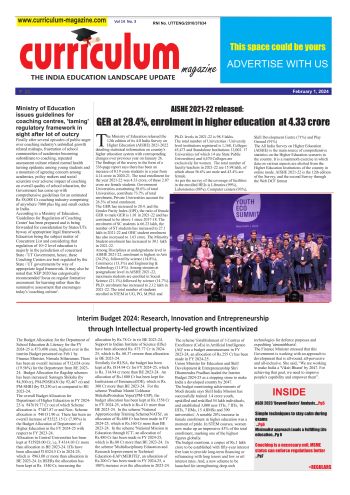Since January 1 last month, an unlikely controversy has brewed over ‘hijab’—a headscarf worn by young Muslim women, after six girl students wearing hijab were denied entry into their school (Junior PU Government College) in Udupi district of Karnataka. The girls insisted on wearing hijab in the campus and classrooms but the college authorities turned down their repeated pleas and the stand-off has prolonged till now.
The school has so far resisted all pressure to change its decision. The girls have taken to staging a protest against the decision and the protest has been amplified by the support of activists and now a writ petition seeking constitutional remedy for the girls has been filed in the court of law.
Meanwhile there are reports about more colleges in the coastal district having started banning hijab in their campuses. The issue is being politicized and people from both sides of the divide are seeing an opportunity in turning it into a larger communal diatribe. The backing of girls by some Muslim religious bodies and groups is being countered by supporters of right wing Hindu organizations who have started own campaign of wearing saffron shawls if hijabs are allowed.
The state government, going by the statements of the ministers, so far has been supportive of college authorities. So, what should be the way out of this potentially explosive row?
Hijab is a recent (a few decades old) addition to the Indian subcontinent. It has travelled to India from streets and fashion boutiques from places like Iran after the Iranian revolution of 1979 in which western culture was banished from the country. Hijab, also became a cool symbol of militant Islam in young activists in Palestine. In solidarity, some people started wearing it and slowly it became a fashion statement as well. The religious fundamentalists quickly passed it on as the Islamic dress of modesty and privacy for women. On the positive side, Hijab did liberate many women from head to toe wardrobes and also facilitated going of girls from orthodox Muslim families to school. While its existence wasn’t an issue, of late everything is being examined microscopically on social media and falsehoods weaved with impunity. Vigilantism is trying to even with radicalism and rows like such are turned into opportunities of hate mongering.
It is therefore better to discourage both these extremes and expand the grey space to tackle this issue and all such future friction potentials. Now if the government has decided to back colleges, it should do it through a policy framework so that it doesn’t look it encourages vigilantism against Muslims.
An overwhelming majority of Muslim students have always preferred to dress locally instead of donning imported identity clothes and never bothered about such things. Same goes with most Hindus and other faith students. The campuses have been proud nurseries of the social capital that defines India’s diversity and raging success internationally. The real purpose of education is igniting and liberalizing young minds. Our campuses are natural laboratories of social development and learning spaces of coexistence. Therefore, it is better not to spread communal poison in them.
Given the rise of radicalism in our neighbourhood and elsewhere in the world, it must be endeavour of our governments to proactively insulate education institutions from its influence. Banning hijabs will be a good idea. At the same time majoritarianism and vigilantism too must be banished from education institutions.













